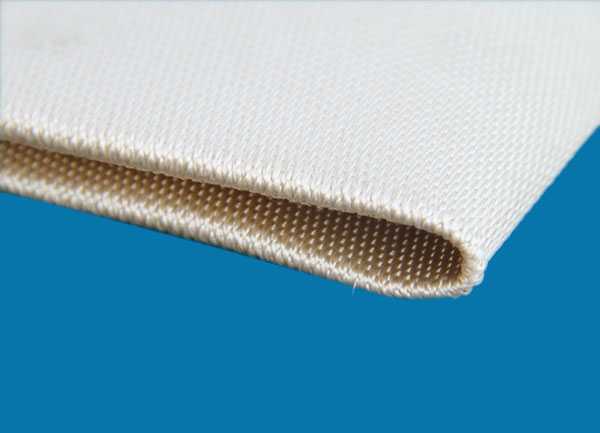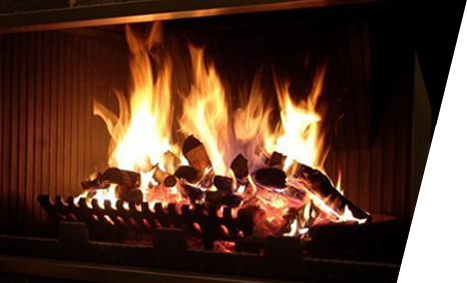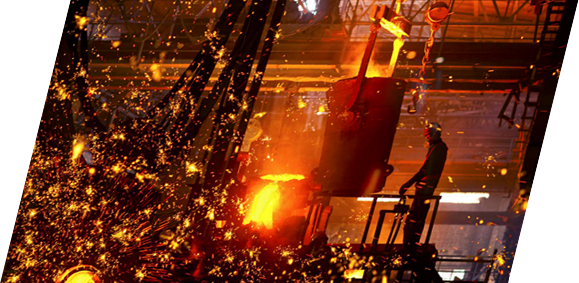Contact Us
Tel:0086-574-66219838
Fax:0086-574-62637985
Post Code: 315400
Contact: Weng Keqing
Telephone:13429261888
E-mail:feida@fideksealing.com

Home / News / Industry News / The main difference between medium alkali glass fiber and alkali-free glass fiber
The main difference between medium alkali glass fiber and alkali-free glass fiber
Date:20-08-14
Glass fiber is a kind of inorganic non-metallic material with excellent performance. It uses natural ore as raw material and carries out processes such as high temperature melting, drawing, winding and weaving according to a certain ratio to form various products. Glass fiber has high strength, high elastic modulus, low elongation, good electrical insulation, corrosion resistance, and is widely used. Glass fiber is often used as a reinforcing material, electrical insulation material and thermal insulation material in composite materials. Today we mainly compare the main differences between alkali glass fiber and alkali-free glass fiber. China Ceramic Fiber Products Suppliers

1. The content of alkali metal oxides is different. Alkali metal oxides generally refer to sodium oxide and potassium oxide, which are introduced by soda ash, mirabilite, feldspar and other substances to lower the melting point of glass. However, the higher the content of alkali metal oxides in the glass, the lower its chemical stability, electrical insulation properties and strength. Therefore, for different uses of glass fibers, glass components with different alkali content should be used. Therefore, the alkali content of the glass fiber component is often used
, As a sign to distinguish continuous glass fibers for different purposes. According to the alkali content in the glass composition, continuous fibers can be divided into the following types
E-glass fiber (commonly known as E glass
): The content of R<sub>2</sub>O is less than 0.8%, which is an aluminoborosilicate component. Its chemical stability, electrical insulation properties and strength are all very good. Medium alkali fiber (C glass): The content of RO is 11.9% to 16.4%. It is a soda-lime silicate component. Because of its high alkali content, it cannot be used as an electrical insulating material, but its chemical stability and strength are good. The output of alkali-free and medium-alkali glass fiber accounts for more than 98% of the total output of glass fiber, and they are the two most widely used products.





